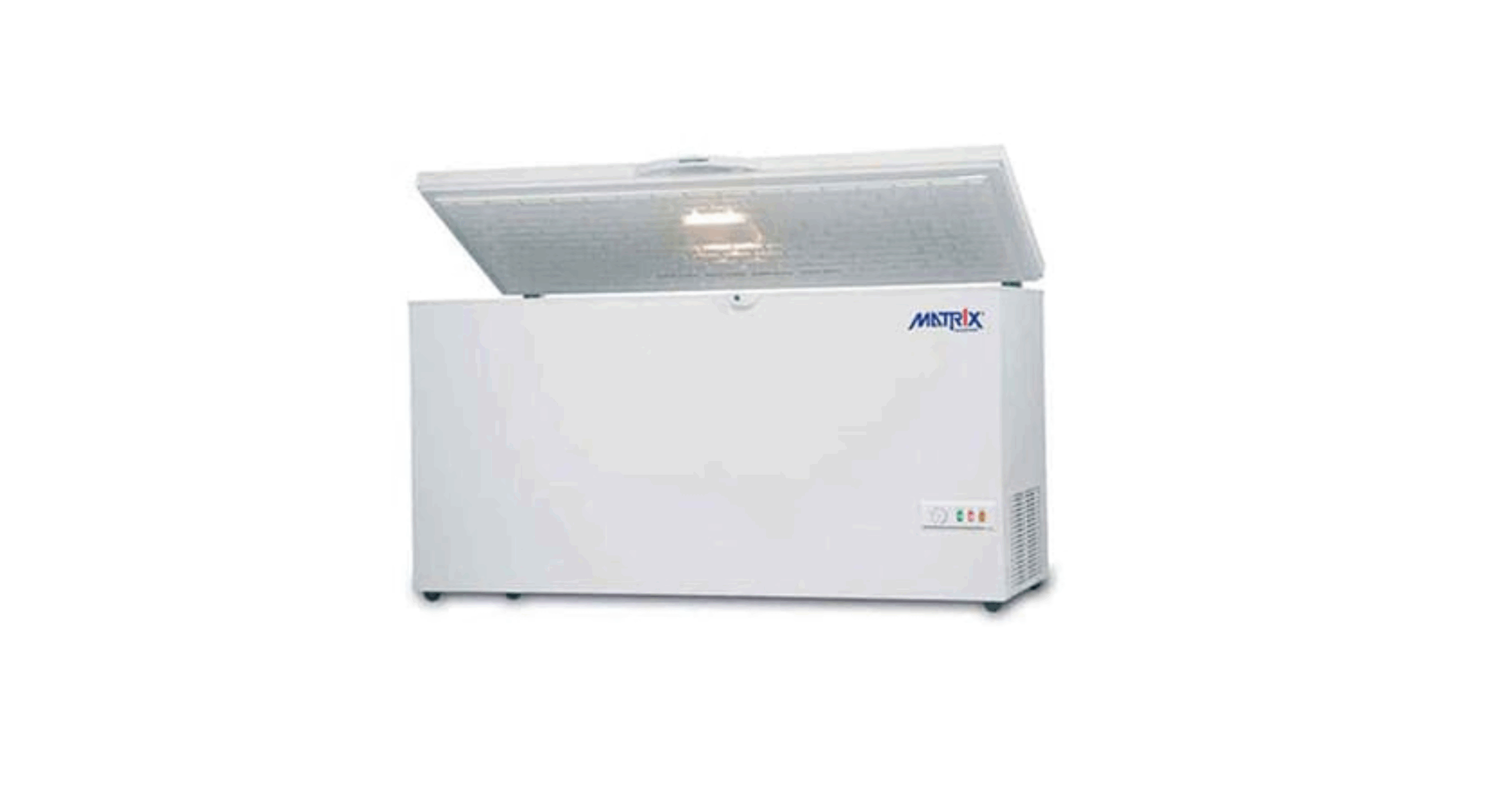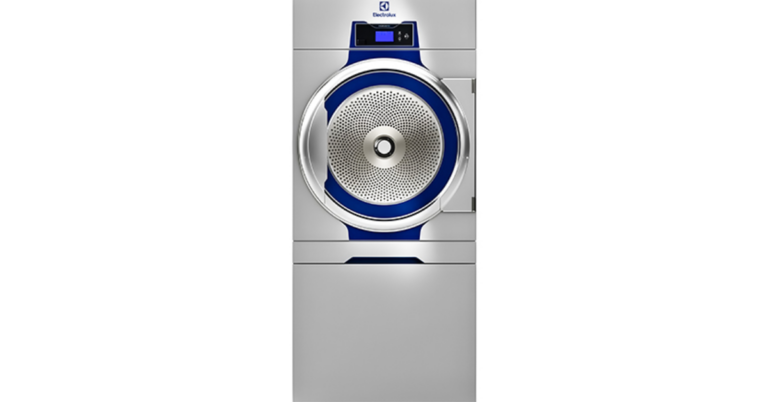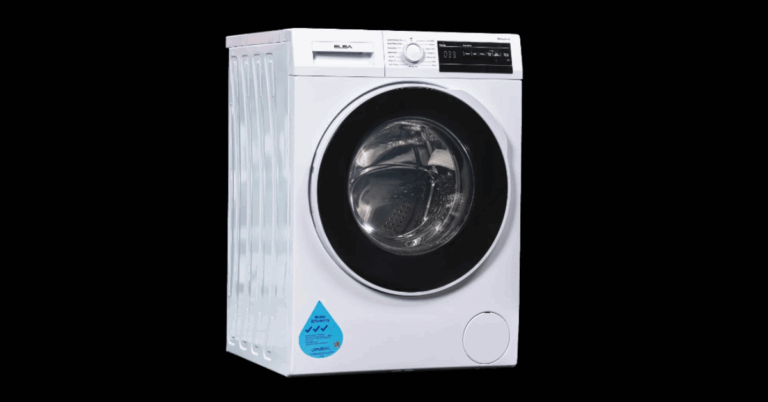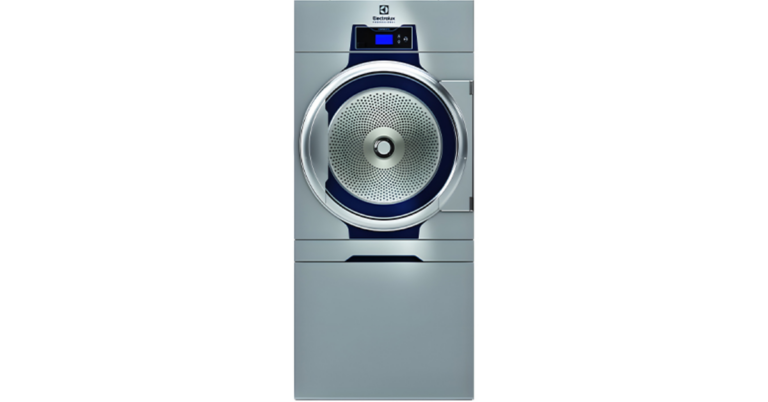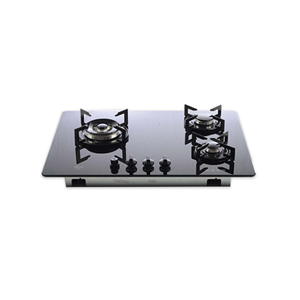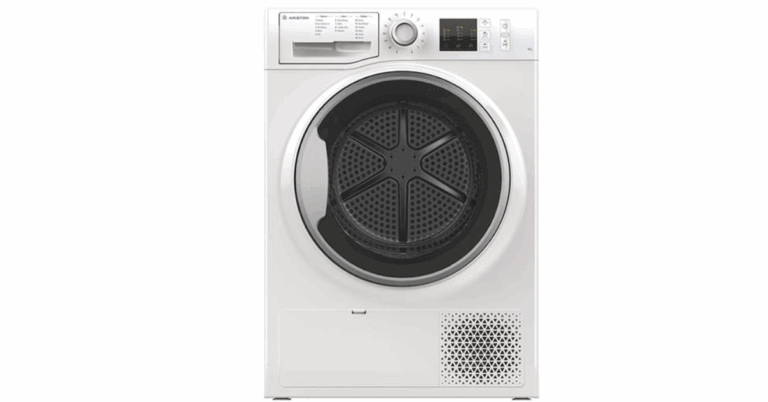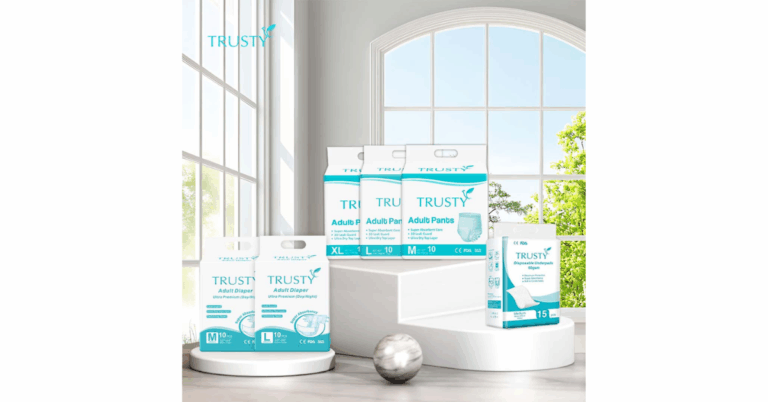Choosing the Right Chest Freezer for Marine Use: Why a Chest Freezer for Ships 258 L 60 Hz Is Ideal
Life at sea presents unique challenges—limited space, shifting loads, salt spray, varying power conditions, and the need to preserve food and perishables reliably. For cruise ships, naval vessels, research vessels, and even offshore platforms, refrigeration equipment must be rugged, efficient, and fit for marine environments. Among the many refrigeration options, a Chest Freezer For Ships 258L 60Hz emerges as a highly balanced solution. In this article, we explore the specifications, advantages, installation considerations, and best practices for using such a freezer on board.
The 258 L 60 Hz Marine Chest Freezer: Specifications & Design
A marine-spec chest freezer with 258 liters capacity and 60 Hz operation is engineered to perform under the demanding conditions at sea. Typical features and specifications include:
Capacity & dimensions: Usually around 258 liters of usable volume. For example, some units measure approximately 960 × 745 × 850 mm (W × D × H)
Voltage/frequency: Designed for 220 V, 60 Hz mains supply, which matches power systems common in many areas and in certain shipboard zones.
Refrigerant & compressor: Use of eco-friendly refrigerants such as R600a is common, along with a high-efficiency compressor.
Thermostat & temperature range: Adjustable thermostats allow temperature control typically in the range of –18 °C to –24 °C for deep freezing.
Door & insulation: A hinged or top-lid door with strong sealing gaskets, coupled with high-density insulation, helps maintain internal temperatures with minimal leakage.
Construction & materials: Corrosion-resistant interior and exterior surfaces (e.g. aluminum panels or treated metals) are used to endure salty, humid marine environments.
Accessories & features: Removable storage baskets, adjustable feet or castors (for leveling on uneven decks), lockable doors, interior lighting, and condenser-operational indicators are often standard.
Given these features, a 258 L 60 Hz chest freezer is compact enough to fit into galleys, storerooms, or small refrigeration rooms but also large enough to store substantial quantities of frozen food, provisions, and other perishables critical for long voyages.
Advantages of a 258 L Chest Freezer 60 Hz for Ships
1. Optimized Storage Capacity vs. Footprint
On ships, utilization of limited space is crucial. A 258 L chest freezer offers a sweet spot: sufficient volume for many frozen items while not occupying overly large area. Designers often consider such freezers when configuring galley or cold storage modules.
2. Energy Efficiency and Lower Power Demand
Operating at 60 Hz and with efficient components, these freezers are engineered to draw comparatively low power. The insulated design reduces heat infiltration, so the compressor runs only when needed. This reduces strain on the ship’s electrical system and helps manage fuel or power generation loads.
3. Reliability under Marine Conditions
Marine-spec freezers, including 258 L models, are built to withstand vibration, motion, temperature swings, humidity, and exposure to salt. The design typically includes anti-corrosion coatings, rugged seals on doors, and robust compressors rated for marine use.
4. Flexibility in Installation
Because of their moderate size, these freezers can often be installed horizontally in galley floors, recessed compartments, or inside cold rooms. The adjustable feet or castors allow leveling on non-ideal surfaces. The 60 Hz electrical specification ensures compatibility with many shipboard power systems or auxiliary converters.
5. Regulatory and Marine Standards Compatibility
Marine refrigeration needs to adhere to certain standards (IMPA codes, marine safety, etc.). Many 258 L marine chest freezers are built in compliance with relevant marine codes, making them easier to certify and integrate into ship systems.
6. Maintenance & Operability
Top-open design (i.e. chest style) allows easier access for servicing, defrosting, cleaning, and retrieval of goods. The simpler interior (fewer moving door panels) reduces points of failure.
Key Considerations When Installing on Ships
While these freezers are rugged, to ensure long-term reliable operation on a vessel, some practical considerations are vital.
1. Electrical Compatibility & Power Supply
Ensure your ship’s power system matches 220 V, 60 Hz (or can be adapted with converters/inverters). Proper wiring, circuit breakers, surge protection, and power quality control are essential. Freezers can draw surge current when starting, so the supply circuit must be rated appropriately.
2. Ventilation & Heat Rejection
Freezers dissipate heat from the condenser. In a ship’s enclosed spaces, adequate ventilation or ducting is necessary to prevent overheating. Locating the condenser in a well-ventilated compartment helps maintain performance.
3. Vibration Isolation & Mounting
Ship motion and vibration are constant. Use dampeners, isolation mounts, and proper securing so that the unit isn’t stressed by movement. Adjustable feet and strong anchor points stabilize the freezer under motion.
4. Thermal Insulation & Cold Bridging
Ensure that the floor, bulkheads, and adjacent structures do not introduce thermal leakage. A sealed base, proper insulation and vapor barriers help maintain internal temperatures efficiently.
5. Access for Maintenance
Plan for service access—ability to remove panels, reach compressors, change gaskets, remove ice buildup, and inspect wiring. The chest (top-opening) design helps facilitate this access.
6. Redundancy & Backup Strategy
On critical vessels (e.g. cruise ships or military), backup freezers or redundancy in refrigeration systems is wise. In case one unit fails, the load can be shifted or temporarily preserved elsewhere.
7. Corrosion Control & Vent Moisture Management
Marine humidity and salt can accelerate deterioration. Select units with proper coatings and maintain dehumidification in refrigeration rooms to reduce condensation and corrosion.
Best Practices for Operation and Maintenance
To keep your 258 L chest freezer 60 Hz running optimally aboard ship, follow these guidelines:
A. Regular Defrosting & Ice Control
Even high-end freezers can accumulate frost or ice. Schedule defrost cycles (manual or automatic, depending on model) and ensure no excessive buildup that impedes airflow or seals.
B. Seal and Gasket Inspection
Every few weeks inspect door seals for wear, gaps, or damage. A defective gasket causes thermal leakage and higher energy usage or failure to maintain low temperature.
C. Compressor & Electrical Component Checks
Monitor compressor vibration, noise, power draw, and temperature. Inspect wiring, switches, relays, and ensure adequate insulation and grounding.
D. Air Filter & Condenser Cleaning
In marine spaces, dust, salt spray, and grime may clog condenser fins or air intake. Regular cleaning ensures effective heat rejection.
E. Temperature Monitoring & Alarms
Install redundant temperature sensors and alarm systems (e.g. over/under threshold alerts). This is especially important when storing sensitive cargo or food.
F. Spare Parts & Consumables
Keep spare parts for common wear items—gaskets, fan motors, filters, relays. Given marine transit, obtaining replacements on short notice can be difficult.
G. Load Management
Don’t overload the freezer—leave airflow paths clear, distribute load evenly, and avoid blocking fans or vents. Also, avoid frequent large door opening that introduces warm air.
H. Record Keeping
Maintain logs for defrosting events, maintenance checks, temperature records, and repairs. This helps diagnose long-term trends or recurring issues.
Use Cases & Applications at Sea
1. Cruise Ships & Passenger Liners
To support large-scale food service needs, cruise ships may deploy multiple 258 L chest freezers in galley peripheries, staff galleys, or remote storage spaces. Their moderate size allows flexible placement throughout the ship’s catering infrastructure.
2. Research Vessels & Remote Expeditions
Vessels operating far offshore rely on durable freezing capacity for long-duration samples, provisions, biological specimens, or fuel additives. A 258 L freezer gives a good balance between volume and footprint.
3. Offshore Platforms & Supply Ships
Offshore installations require compact, robust refrigeration systems. A 258 L chest freezer can serve as a freezer station for provisions, spare parts, or chemicals that must stay cold.
4. Naval & Patrol Vessels
On military or coast guard vessels with constrained space and strict reliability demands, a dependable marine chest freezer is essential.
Challenges & Mitigation Strategies
Challenge: Power Fluctuations & Voltage Variations
Ships sometimes experience voltage drop or fluctuations due to load changes. Mitigation: use voltage regulators, surge protectors, or UPS systems to protect sensitive compressors.
Challenge: Corrosion in Harsh Marine Environment
Mitigation: choose marine-rated materials, regular maintenance, and proper ventilation/dehumidification to reduce salt-laden moisture deposition.
Challenge: Space & Weight Constraints
Mitigation: integrate freezer into structural planning early in the ship design, use lightweight materials and compact layout, and distribute weight to maintain balance.
Challenge: Heat Rejection in Confined Spaces
Mitigation: provide ducted exhaust, ventilated compartments, or locate condensing units externally.
Challenge: Maintenance During Voyage
Mitigation: use remote diagnostics, plan maintenance windows during calm seas, and carry spare components.
Summary & Recommendation
A Chest Freezer for Ships 258 L 60 Hz offers an excellent blend of capacity, compactness, efficiency, and marine-grade design. It serves as a dependable freezing solution for galleys, provisioning, sample storage, or specialty needs aboard cruise ships, research vessels, military craft, and offshore platforms.
To get the most from such a unit, ship operators should ensure:
Matching electrical supply and controls
Proper ventilation and heat rejection arrangements
Vibration isolation and secure anchoring
Regular maintenance of seals, compressors, and air paths
Backup strategies and monitoring systems
By integrating a 258 L marine chest freezer thoughtfully into the ship’s design and operational plan, maritime operators can ensure safe, efficient cold storage that supports long voyages, mission success, and passenger satisfaction.

